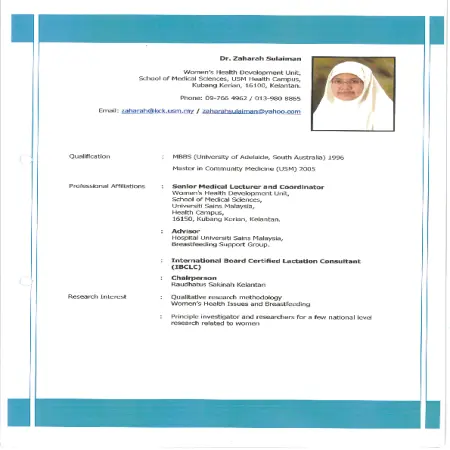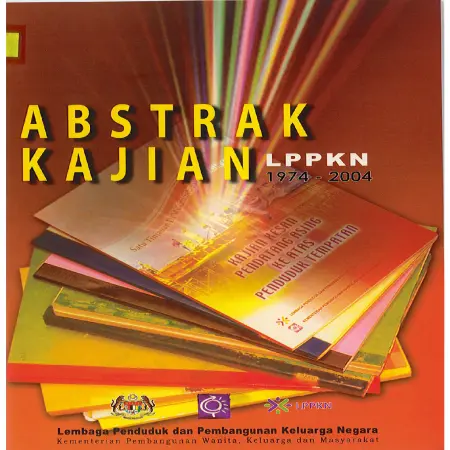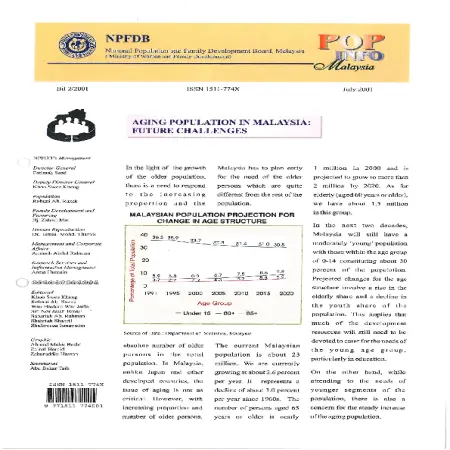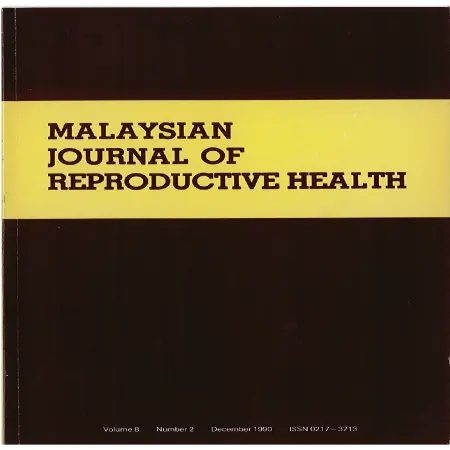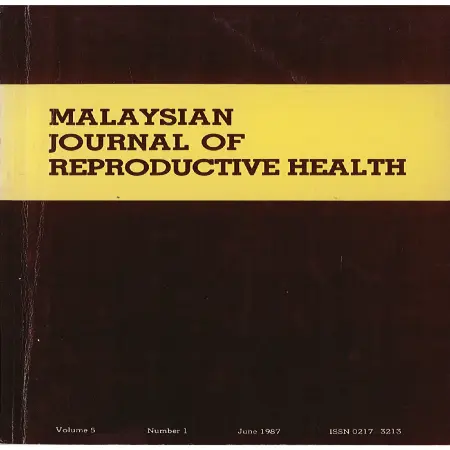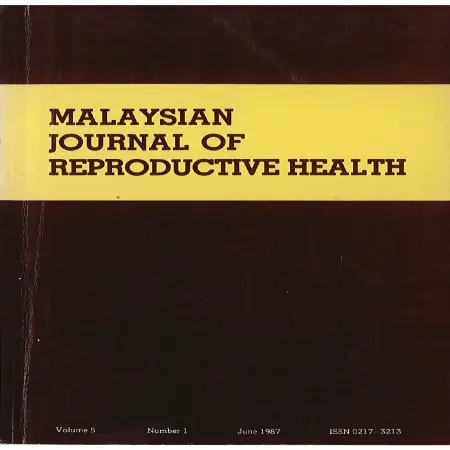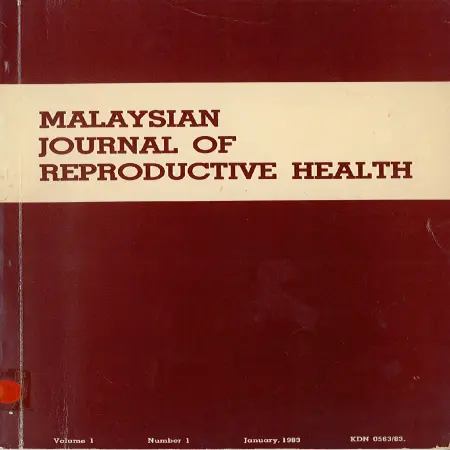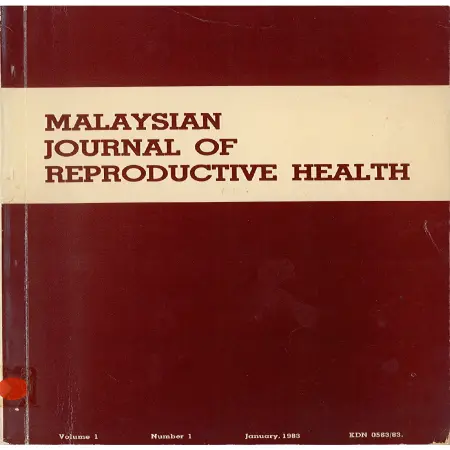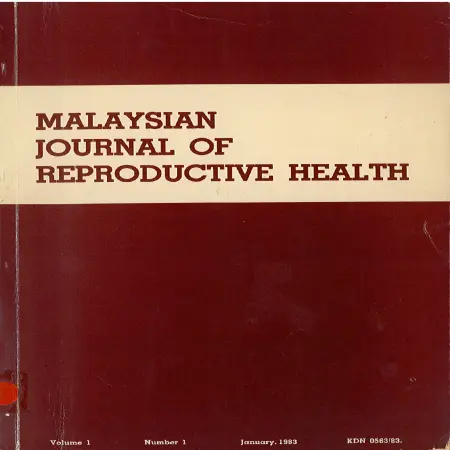Browse by Type
|
|
Achievement and challenges in managing female adolescents guidance Centre: experience share from Raudhatus Sakinah Kelantan
Item Type: Conference or Workshop Item
Editor:
Year: 00/00/2009
Abstract: Adolescents today are exposed to various social ills such that they are easily influenced by unhealthy activities, be it directly or indirectly. Many of them have become victims of abuse, maltreatment, neglect, undue psychological stress, rape, incest and others. Raudhatus Sakinah (RS) was thus establish as an institution that provides shelter and guidance to female adolescents who become victims of these social ills. RS strives to offer help to affected adolescents by increasing the level of their confidence and abilities so that they may develop into individuals that contribute positively to society and religion. RS has been in operation since August 1998 under the administration of Wanita Pertubuhan Jamaah Islah Malaysia (WJIM). RS is an established ongoing project to help curb social ills in the society, with special attention to helping adolescents. RS was officially registered under the Care Centre Act 1993 with the Department of Social Welfare. Later in 2004, RS Kelantan was set up in Kota Bharu. RS Kelantan shelters up to a maximum of 25 adolescents girls at any one time. They have to go through a year of rehabilitation program which focuses on spiritual and self development syllabus besides life skills and recreation activities. This paper will focus on the five year experiences, achievement and challenges faced by RS Kelantan in running the centre.
|
|
|
|
|
|
Aging population in Malaysia: future challenges
Item Type: Newsletter
Editor:
Year: 00/07/2001
Abstract: In the light of the growth of the older population, there is a need to respond to the increasing proportion and the absolute number of older persons in the total population. In Malaysia, unlike Japan and other developed countries, the issue of aging is not as critical. However, with increasing proportion and number of older persons, Malaysia has to plan early for the need of the older persons which are quite different from the rest of population.
|
|
|
|
|
|
A role for cholesterol synthesized de novo by human umbilical cord
Item Type: Article
Editor:
Year: 00/12/1990
Abstract: We have previously shown that the human umbilical cord in-vitro possess the ability to synthesize isocaproic acid and presumbly pregnenolone from cholesterol. Here, we examined the ability of the cord to synthesize cholesterol from acetate. Homogenates of umbilical cord (36-41 weeks gestation)obtained following spontaneous vaginal delivery from uncomplicated pregnancies (age 22-31 years) were incubated with [2-14C] acetate. Using the reverse-isotope dilution procedure, cholesterol was isolated and characterized as [14C] cholesterol acetate. Confirmation of identity of newly synthesized cholesterol was obtained after recrystallisation with added non-radioactive cholesterol acetate as standard. The rate of 14C incorporation is small but definite. The results indicate that the homogenates of human term umbilical cord contain the enzymes responsible for the conversion of [2-14C] acetate to [14C] cholesterol. It is suggested that cholesterol synthesized de novo can serve as a percursor for progesterone synthesis in-vivo.
|
|
|
|
|
|
A five-year review of diagnostic laparoscopy and female sterilizations in 52 centers in Malaysia
Item Type: Article
Editor:
Year: 00/06/1987
Abstract: Doctors participating in the Laparoscopy Program of the National Population and Family Development Board, Malaysia return data on all cases of diagnostic laparoscopy and female sterilizations carried in their centres. Data on 2,179 cases of diagnostic laparoscopy and 4,740 cases of female sterilizations for the period 1981-1985 are analysed. States with the highest return rates are Kuala Lumpur Federal Territory, Negeri Sembilan, Johor and Perak. The Specialist Centre of the Board alone accounted for one-third of the cases. Data for female sterilizations are further analysed. Complication rates for laparoscopy and minilaparotomy techniques are low at between 0.5 to 2.5 per 100 procedures. All doctors providing such services should be encouraged to participate in this Program and submit data in order to improve and learn from this Program.
|
|
|
|
|
|
A prospective study of the acceptability of today vaginal contraceptive sponge among Malaysian women
Item Type: Article
Editor:
Year: 00/06/1987
Abstract: Fifty volunteers were selected in a two month prospective study to evaluate the acceptability of the Today vaginal sponge contraceptive among Malaysian women. One participant developed allergic reaction to the sponge and was taken off at an early stage of the study. Fourty- nine participants completed one month follow-up.Thirteen subjects discontinued for various reasons which are related and not related to the sponge. The remaining 36 participants completed the study. Few side effects were observed among the sponge users who completed the trial. One subject complained that the Loop of the sponge hurt her husband's penis. Most of the women who are on the sponges claimed that sexual intercourse is no longer messy. Four subjects claimed that the sponges pontentiated sexual feeling to their male partners. The sponge is generally accepted by the study group, which suggest that the general impression 'Asian Women abhor any form of vaginal contraception' is not totally correct. It is suggested that the contraceptive efficacy of the sponge be evaluated among our women in the future.
|
|
|
|
|
|
Action -oriented research and training for improved management of population programme
Item Type: Research Report
Editor:
Year: 00/00/1986
Abstract: This study was conducted with the aim to identify and clarify some of the management issues and problem involved in the implementation of family planning services to all strata across the country.It has also hopes to develop improved management concepts for the application to the family planning programmes. The case study covered three states in Peninsular Malaysia, namely, Selangor, Terengganu and Penang. Upon visiting NPFDB family planning clinics of the three states, 175 respondents are identified.
|
|
|
|
|
|
Apparent benefit from corticosteroids in bronchopulmonary dysplasia: a case report
Item Type: Article
Editor:
Year: 00/00/1984
Abstract: A case of bronchopulmonary dysplasia complicating the ventilatory management of respiratory distress syndrome is described. The diagnosis was documented by typical clinical radiological and cytopathologic criteria. The infant's abrupt clinical deterioration was reversed by the use of high dosage steroids and attempt at reducing the dose of steroids initially was associated with clinical and radiological deterioration. We conclude that steroid administration seemed beneficial in our patient.
|
|
|
|
|
|
Age of biological maturity of Malaysian girls by ethnicity
Item Type: Article
Editor:
Year: 00/01/1983
Abstract: This study tries to estimate the age of biological maturity of Malaysian girls by ethnicity by employing an indirect methodology. Age at biological maturity is estimated by considering retrospective fertility and family survey data on marriage, first birth, and contraceptive use. The waiting time for the biological mature females to conceive is 3.0 months; 3.2 months among the Malays, 2.7 months among the Chinese, and 2.8 months among the Indians.The maximum age of attaining biological maturity is 20 for all ethnic groups except Indians (19 years). The expected age biological maturity at birth is 15.6 years; 15.3 years for the Malays, 15.4 for the Chinese and 14.8 years for the Indians.The mean age of attaining biological maturity coincides with the expected age of attaining biological maturity at birth.
|
|
|
|
|
|
Actinomyces-like organisms in the cervical smears of IUCD users
Item Type: Article
Editor:
Year: 00/01/1983
Abstract: Cervical smears of 128 intrauterine contraceptive device users were stained by Gram stain and screened for the presence of Actinomyces-like organisms. Actinomyces-like organisms were observed in 5.5 percent, pus cell in 20.1 percent and yeast cells in 10.2 percent of the smears examined. The average duration of insertion was 8 months. Smears of 103 controls were negative for Actinomyces-like organisms, pus cells were observed in 8.7 percent and yeasts in 4.8 percent.
|
|
|
|





